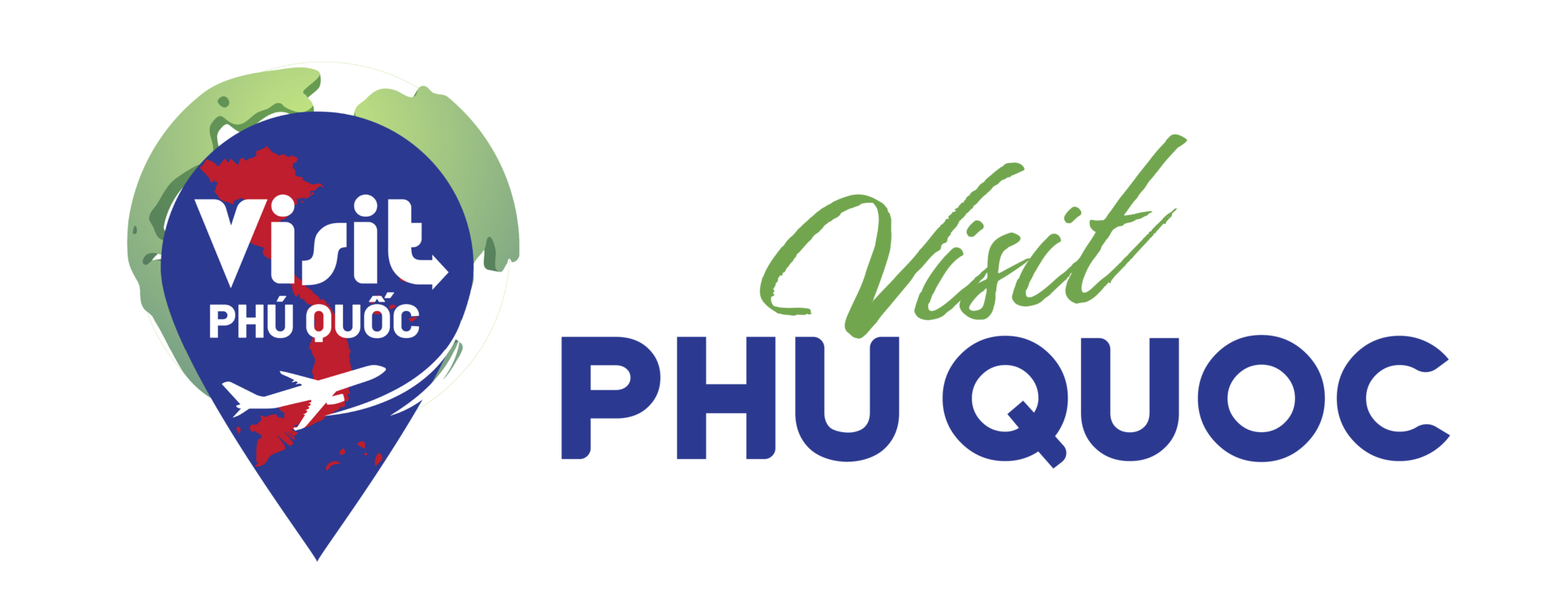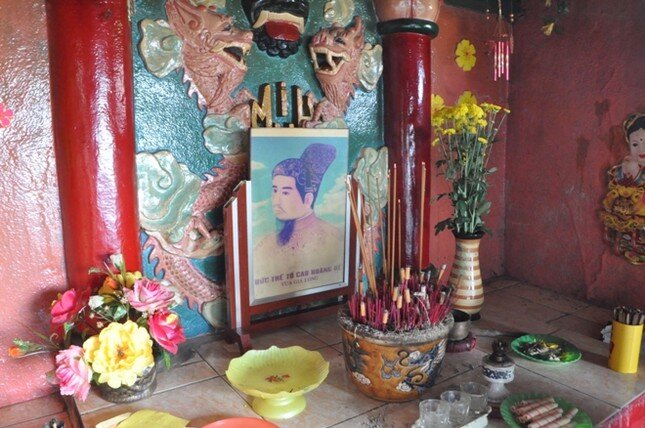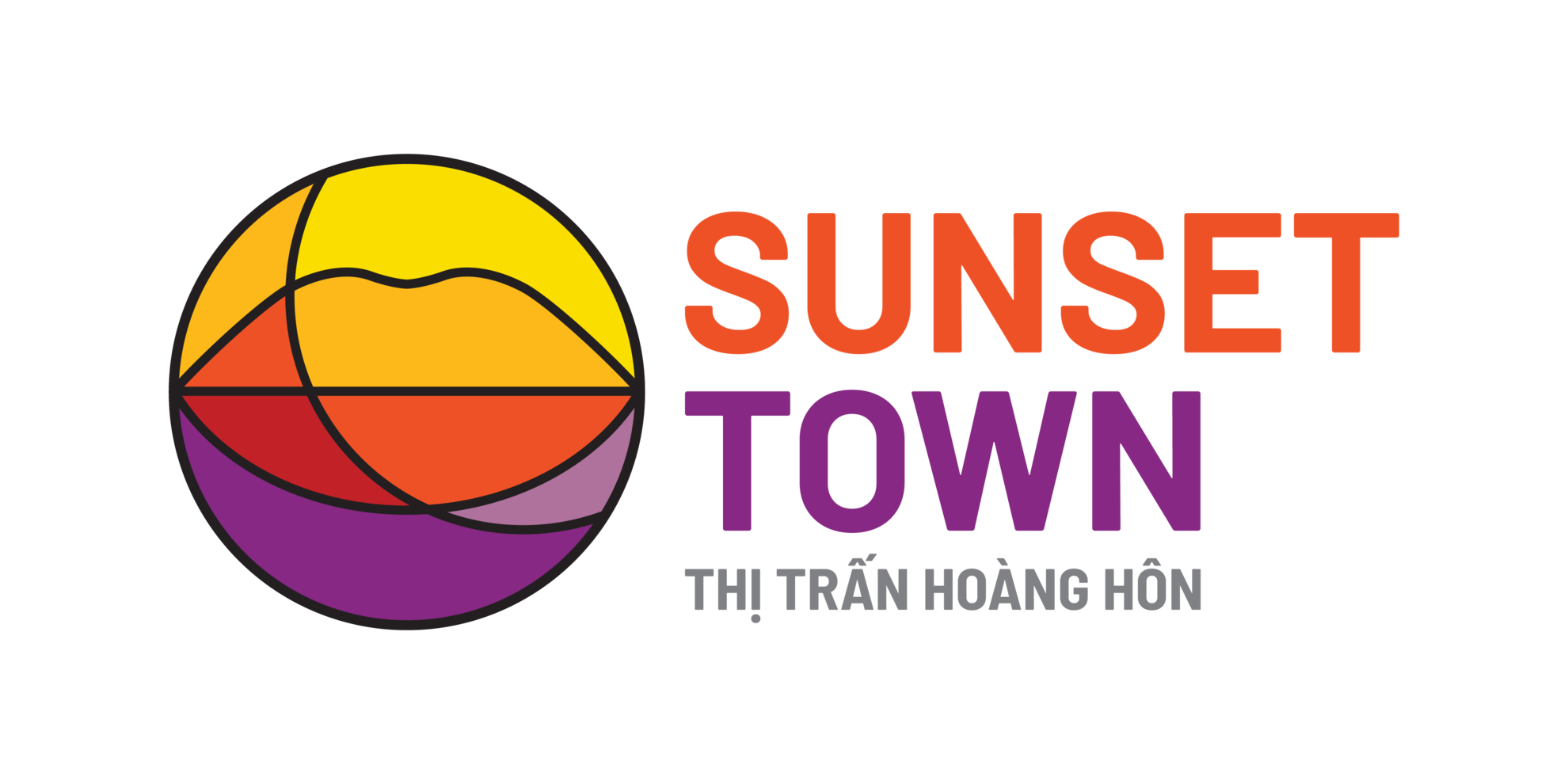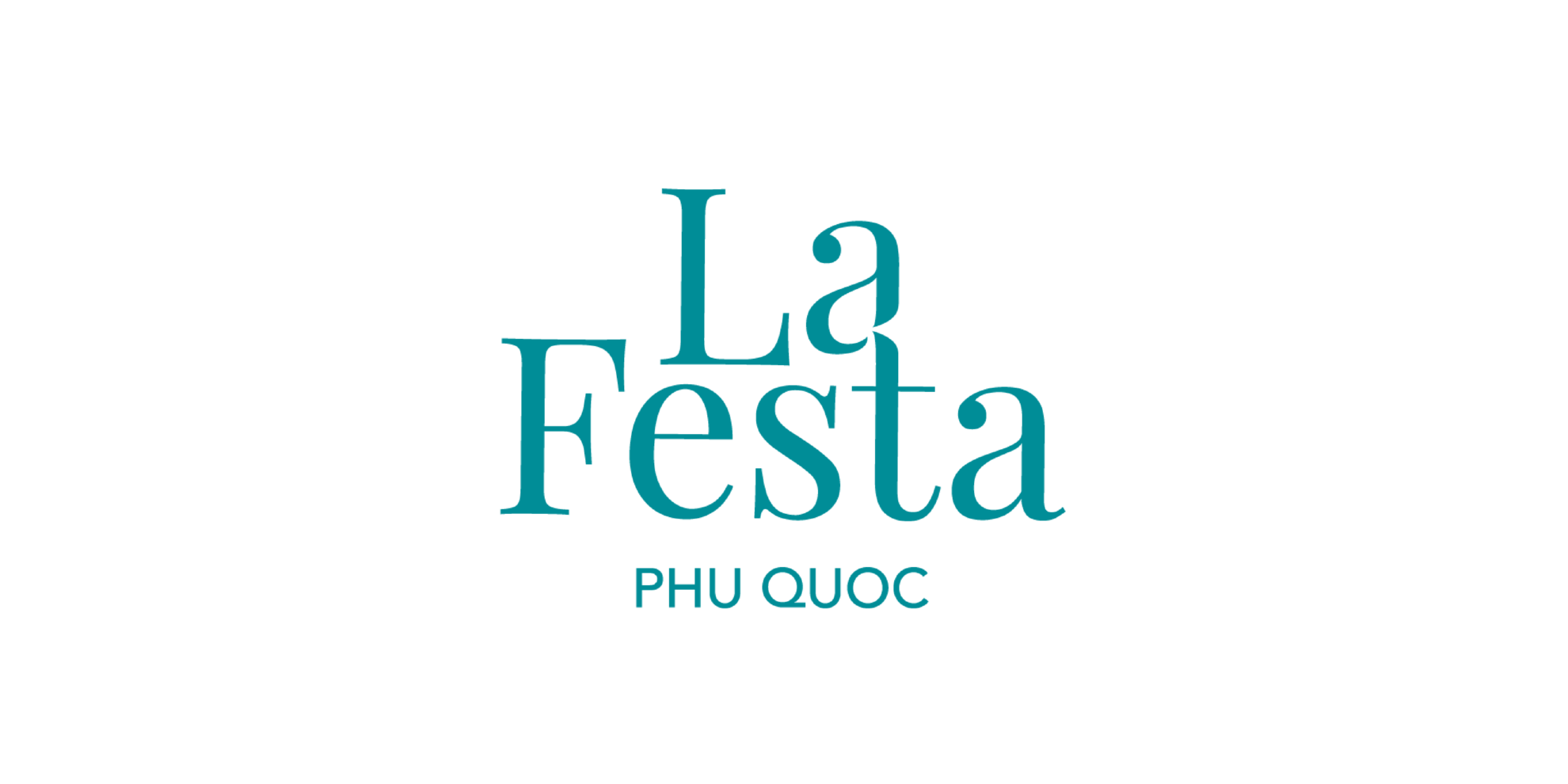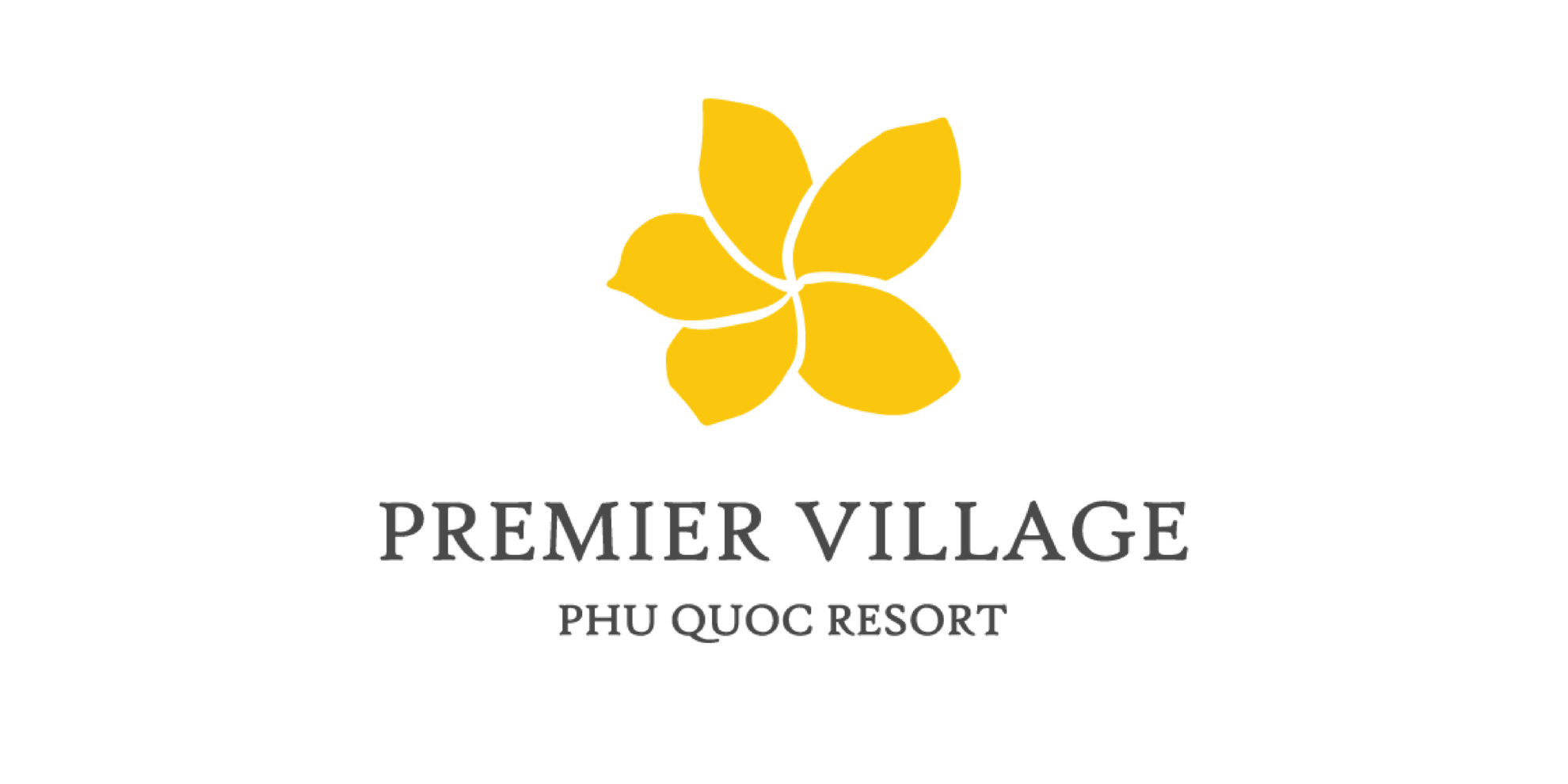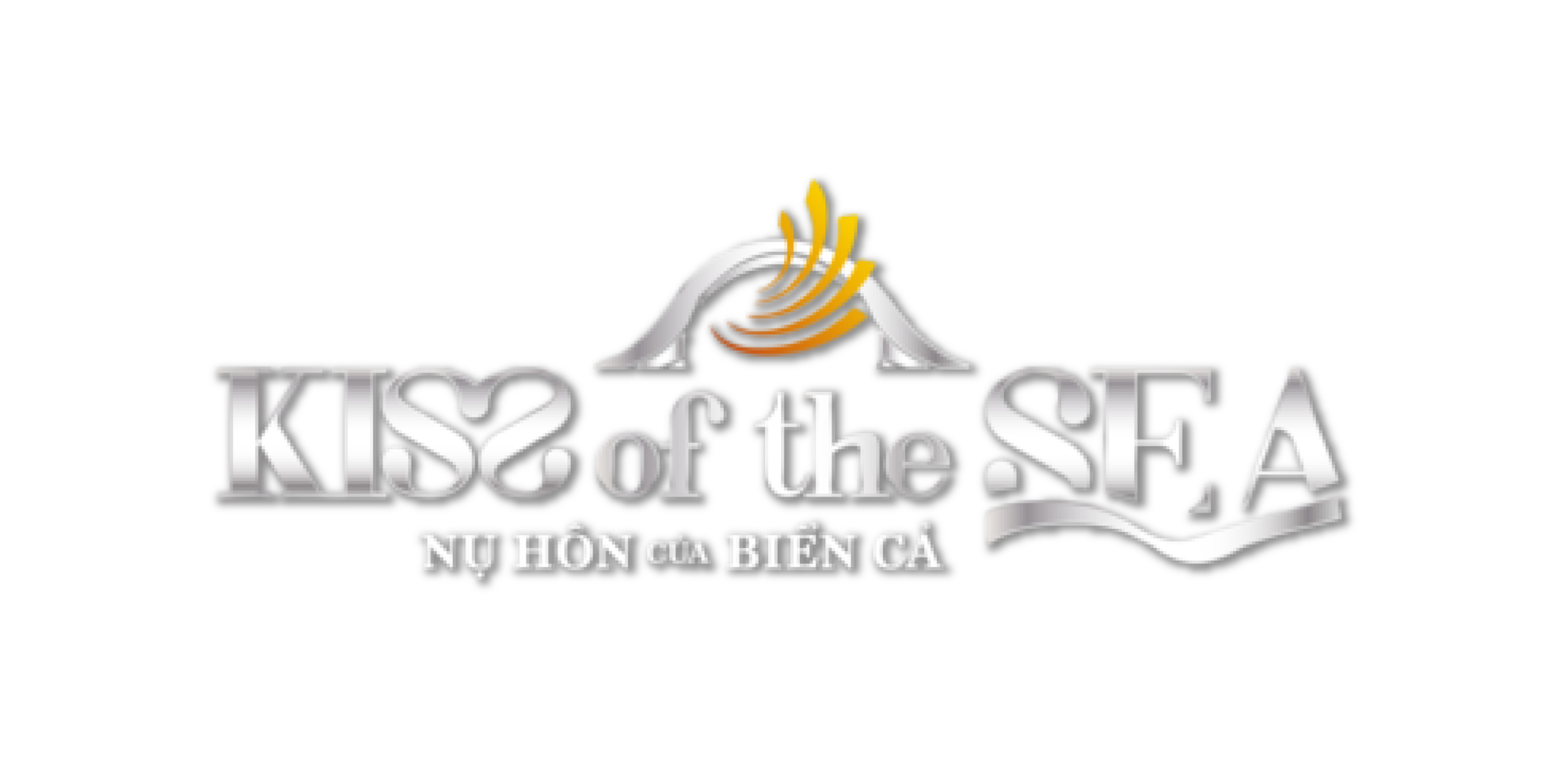The Gia Long Tomb is located in An Thoi commune and was built in the traditional architectural style of ancient Vietnam. Exploring the tomb not only helps visitors gain a deeper understanding of the history of Phu Quoc Island but also reflects respect for the country's heritage and historical relics.
The Footsteps of Emperor Gia Long
In 1783, the Tây Sơn army continued their southern advance, attacking Nguyễn Ánh. At that time, the Tây Sơn forces were very strong, and Nguyễn Ánh had to flee across the vast waterways of the southern region. However, no matter where he went, he was relentlessly pursued by the Tây Sơn army.
In a desperate situation, Nguyễn Ánh and his remaining troops had to escape to Phu Quoc Island. It was this island that sheltered him, allowing him to later return to the mainland, gather his forces, defeat the Tây Sơn, and become Emperor in 1802.
Legend has it that during one of his escapes from the Tây Sơn rebels, Nguyễn Ánh, along with his wife, children, and soldiers, had to flee to the area of Mũi Ông Đội on Phu Quoc Island. This is a large mountain range extending into the sea, with a sharp eastern orientation and difficult terrain. However, when they arrived, their food supplies were exhausted, and the wild vegetables they gathered from the forest were not enough to feed the troops. The situation was dire, and if they moved to another location, they would be intercepted by the Tây Sơn rebels.
In the midst of this crisis, as the morale of the army wavered and Nguyễn Ánh's mind was troubled, he stamped his foot, thrust his sword into the ground, and looked up to the sky, exclaiming: "If heaven grants me the throne, may it provide me with fresh water and provisions." After his cry, fresh water miraculously began flowing from the tip of the sword he had just planted into the earth. And fish from the sea suddenly appeared, swimming in abundance around Mũi Ông Đội. The fresh water and fish helped Nguyễn Ánh and his soldiers overcome their perilous situation. The fish from that moment on were named "Cá Cơm."
Mũi Ông Đội, now part of An Thoi town, is located near the base of the Navy Region 5. The area boasts a beautiful bay with crystal-clear water and fine sand. Currently, there are several major tourism projects being developed in the area. Visitors come to Mũi Ông Đội to take photos at the site where Nguyễn Ánh – Gia Long’s footsteps are imprinted, to drink the strange and pure water from the Giếng Tiên well. Many superstitious locals believe that the water has healing properties. There is also a "Golden Throne" made of stone weighing tons, facing east. The temple with the inscription "Đức thế tổ Cao Hoàng Đế Vua Gia Long" still carries the scent of incense day and night. The area is also a great spot for tourists to swim, dive to explore coral reefs, and fish.
The Final Battle of Nguyễn Trung Trực
Another famous historical figure – the national hero Nguyễn Trung Trực (1839 -1868), leader of the anti-French resistance movement in southern Vietnam in the late 19th century, also sought refuge on Phu Quoc Island when in danger.
On the morning of June 16, 1868, Nguyễn Trung Trực’s forces unexpectedly attacked the Kiên Giang fort (now the location of the Kiên Giang provincial government), killing five French officers and 67 soldiers, and capturing many weapons and ammunition. However, after this victory, a few days later, the French command in Mỹ Tho sent reinforcements to counterattack. Due to the overwhelming strength of the enemy, Nguyễn Trung Trực had to retreat to Hòn Chông (Kiên Lương) and then cross the sea to Phu Quoc Island, where he established his camp in the forested area of Cửa Cạn commune.
By September 1868, the French sent a large force to Phu Quoc Island to pursue Nguyễn Trung Trực’s rebels. The resistance fought fiercely for months on the island. After Nguyễn Trung Trực was captured, on October 27, 1868, the French authorities executed him in Rạch Giá market. Before his death, he composed a poem and boldly declared: "Only when the French have uprooted all the grass in the land of Nam will the people of Nam stop fighting the French."
After Nguyễn Trung Trực’s death, temples to honor this heroic national figure were built throughout the western provinces. In the temple in the forested area of Ấp 2, Cửa Cạn (Phu Quoc), locals also built a long house to preserve the battleboat used by Nguyễn Trung Trực’s rebels. Artifacts from the rebels are displayed in the Cội Nguồn Museum on Phu Quoc Island in prominent positions.
Near the mouth of the Cửa Cạn River, the grave of Bà Tướng Lớn – the wife of General Nguyễn Trung Trực – is also cared for and preserved by the locals. It is said that when Bà Tướng Lớn gave birth, she could not produce enough milk to feed her child. When the French learned of this, they ordered that anyone who fed Nguyễn Trung Trực's child would face execution. Fearing the consequences, the villagers refused to give her milk. When no one in the village would help, Nguyễn Trung Trực’s wife took a boat to the mainland to find milk for her child, but her boat got stuck, and both she and her child perished. The place where this tragedy occurred came to be known as Cửa Cạn.
After Bà Tướng Lớn’s death, in Cửa Cạn commune, no one could raise children. The locals believed that Bà Tướng Lớn, harboring resentment, would take away any child born in the area. For a child to survive, the villagers had to go elsewhere to give birth and only bring the child home after the breastfeeding period. Bà Tướng Lớn’s grave was discovered on April 27, 1963, in the Đồng Bà area, Ấp 3, Cửa Cạn commune. Every year, on the 18th and 19th of August in the lunar calendar, the locals hold a ceremony to commemorate her.
